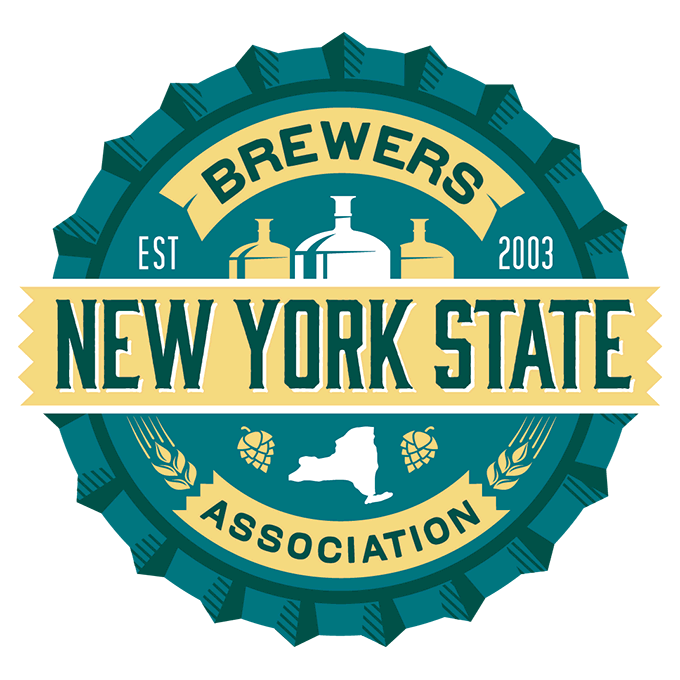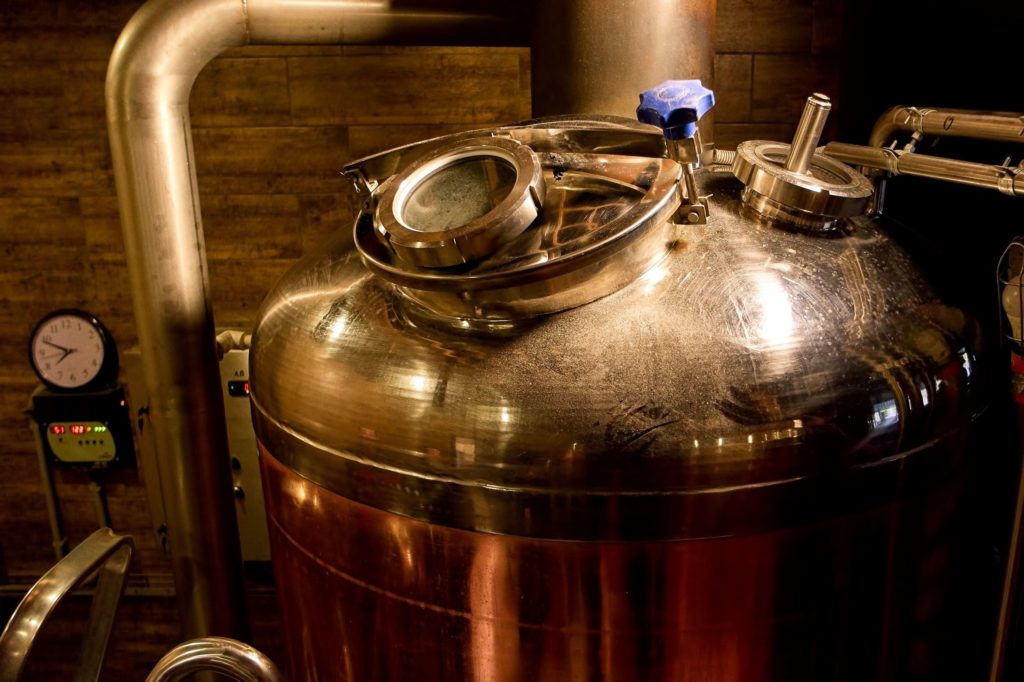

Crafting Your Business: Post 3 of 4 in the Series from the NYS Craft Beverages Handbook
On March 28, 2019, the United States Department of Labor (DOL) announced it was proposing to change the definition of an employee’s “regular rate” of pay. If adopted, it could impact how employers calculate an employee’s overtime rate and may, ultimately, reduce the amount employers pay in overtime and increase the “perks” provided to employees.
When calculating overtime under the federal Fair Labor Standards Act (FLSA), employers must pay non-exempt employees overtime at the rate of one and one half times their “regular rate” of pay for any hour worked over 40 during a workweek. Currently, the definition of “regular rate” includes hourly wages or salary, shift differentials, on-call pay and commissions, and excludes benefits such as paid leave and other gifts and other discretionary bonuses. Unless a payment is specifically excluded by the FLSA, however, it must be added into the “regular rate” calculation.
DOL asserts that under the current rule, employers are “discouraged from offering more perks to their employees” since it “may be unclear whether those perks must be included in” the “regular rate” calculation. The proposed rule seeks to clarify which benefits are to be included, and specifically seeks to exclude the following from the “regular rate” calculation: employee discounts on retail goods and services; the cost of gym access and fitness classes; reimbursed expenses; and discretionary bonuses. If adopted, employers may consider reviewing their employee compensation and benefit offerings and elect to provide for (1) more “perks” excluded from the “regular rate” calculation and (2) less payments that will be included in the calculation.
DOL is currently accepting public comments about the proposed rule through May 28, 2019.
Get the full handbook now. (Include “Handbook” in the Additional Comments field.)